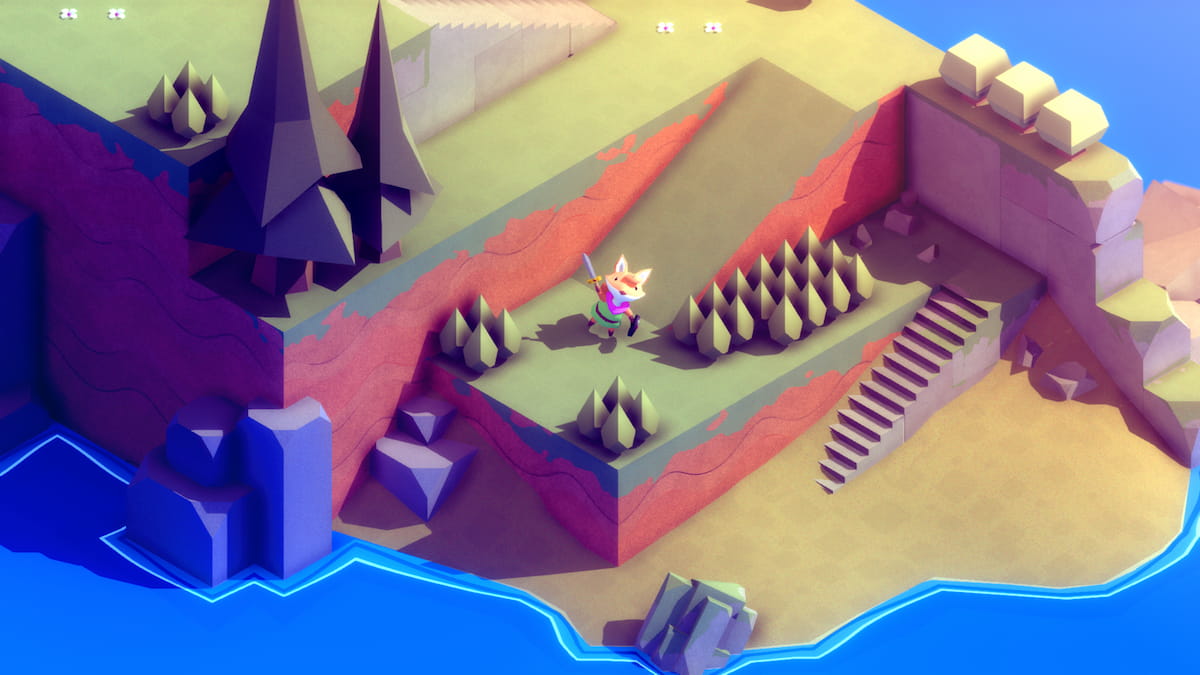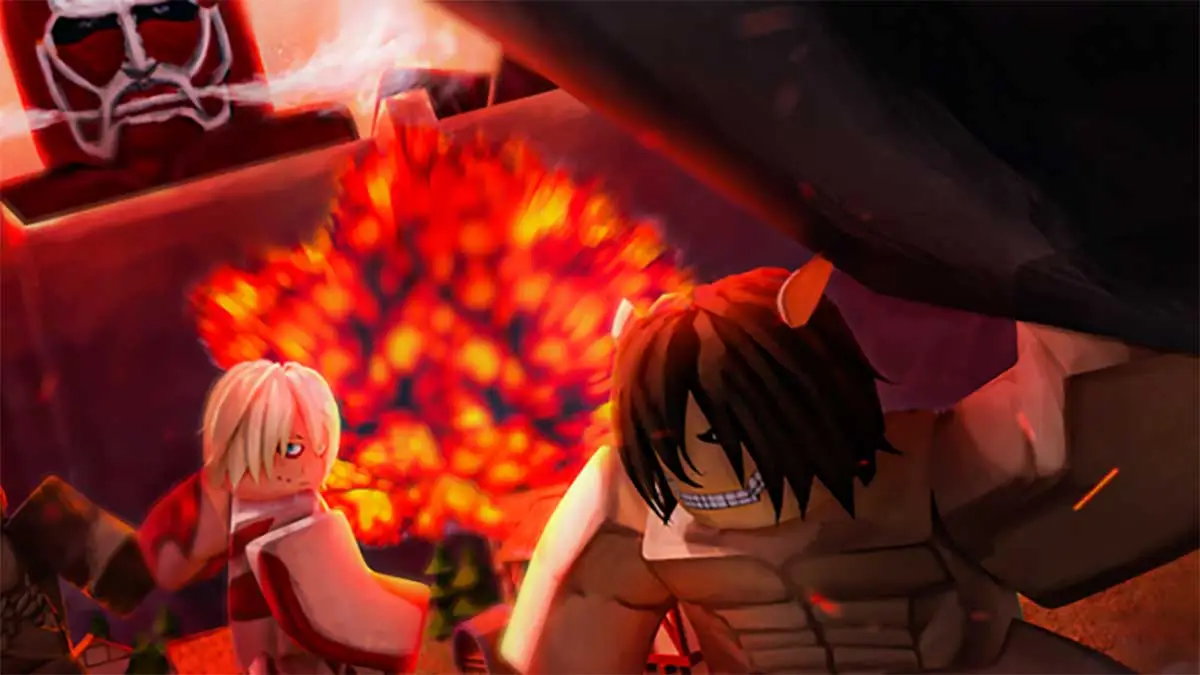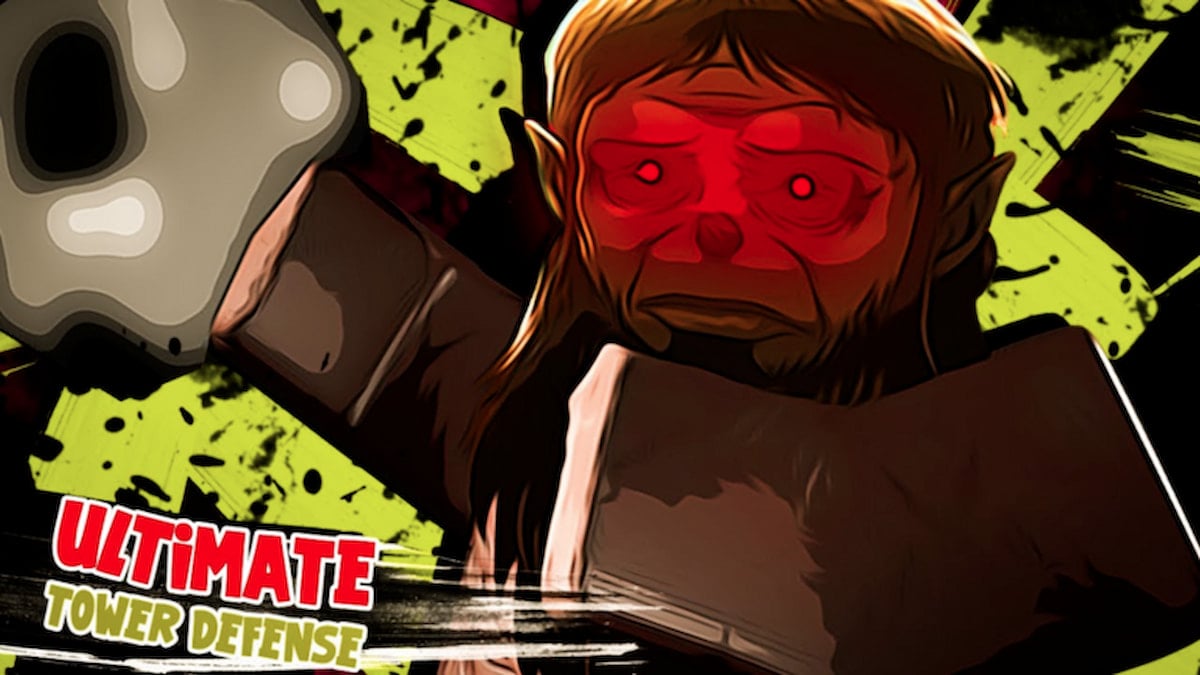One of the first games I ever owned was The Legend of Zelda: Link’s Awakening, on the original Game Boy. It looks laughably dated now — it did come out in 1993, to be fair — but it’s got a special spot in my heart to this day. I still get that rush of nostalgic exhilaration when I think about the exploration and mystery baked into that game, and the hours I poured into my Game Boy Pocket over the Christmas of 1996.
Tunic, from developer Andrew Shouldice and publishers Finji, wears its influences plainly on its sleeve. It’s easy to see the inspiration it’s taken from the Zelda series, particularly Link’s Awakening. The main character, an adorable little fox, wears a green tunic and wields a sword in one hand, a blue-and-red-patterned shield in the other. You even start off by waking up on a beach and must piece together the mystery of the island on which you’re stranded as you progress through the game. The art style, too, is reminiscent of Nintendo’s remake of Link’s Awakening from a few years ago, with its simple but lovingly-crafted visuals.
This is no mere copy of a more established game series, though. Tunic has an astonishing amount of depth to it, and the elements it borrows from other games, whether aesthetic, narrative, or mechanical, all serve the game’s own unique identity.
Be brave, little fox

At first glance, Tunic is a fairly straightforward adventure game. You wake up on a beach, find a weapon, bash some monsters, and just have a good old explore. There’s a lot of Zelda DNA in there, but there’s also a significant amount of Dark Souls as well. Perhaps it’s considered gauche to compare things to Dark Souls these days, but the parallels are undeniable. From the dramatic and tough-as-nails bosses, to the shrines scattered about the map that serve as checkpoints, and even to the initial objective of ringing two massive bells, it’s clear that FromSoft was not far from the developer’s mind.
Combat will be familiar to anyone who’s played an isometric Soulslike. Enemies telegraph their attacks with just enough of a window to let you react accordingly once you learn the tells. You have to manage your health, stamina, and, later on, magic bars accordingly. You can roll, at the cost of a bit of stamina, and the invincibility frames granted during that animation will be key to surviving encounters. The bosses are absolutely brutal, but with patience and a little bit of luck you’ll be able to feel that intoxicating sense of satisfaction in taking them down. There are a couple of little quality-of-life and accessibility options available too — if your twitch reflexes aren’t what they used to be, you can turn on invincibility or infinite stamina and just enjoy the story or hunt for secrets.
We’ve got to go deeper

That brings me to the other major way that this unassuming little adventure cribs from Dark Soul: its approach to story and secrets. Where other games may hold your hand and guide you gently through your quest, Tunic leaves clues for you to piece together, crumb by crumb. Most often this takes the form, in a delightfully meta twist, of pages of a retro instruction manual for the game itself. With gorgeous hand-drawn art — also evocative of the promotional material for early Zelda games and the like — and intriguing things scribbled in the margins for the eagle-eyed, these collectibles are a joy to behold. Scattered all across the game, they will introduce players to basic concepts and bits of lore as well as providing a jumping-off point for the myriad secrets waiting to be discovered.
The obtuse way that Tunic handles even basic game concepts may well be a sticking point for some players. I enjoyed figuring it all out immensely, but when information like how to level up stats and what certain consumable items do is hidden away inside collectible manual pages, there’s certainly a risk of alienating some players. It should be added, too, that the manual features only a bare smattering of English (or your chosen language) across pages upon pages of an invented and impenetrable language — potentially a point of confusion or frustration for some.
Still, the important stuff is fairly easy to parse, and the charming illustrations and pleasingly soothing music help to take the edge off if you’re starting to feel confused. The publishers have also made it clear that they endorse and encourage a bit of good old-fashioned community discussion when it comes to deciphering the game’s lore and secrets. In the press Discord server the team set up for the purpose of sharing strategies and the like, it almost felt like we were back in the schoolyard, swapping urban legends, outlandish theories, and secret codes. Except this time they actually yielded results, which was a wondrous feeling.
In the end, despite the debt that it owes to series like The Legend of Zelda and Dark Souls, the game that kept springing to mind as I worked my way through Tunic’s late and post-game was Lucas Pope’s Return of the Obra Dinn. Tunic obviously features a lot more action and hack-and-slashing than Obra Dinn, but the sheer depth of the puzzles and secrets tickles that same bit of the brain. Everything you need to know is right there in front of you, hiding in the folds of the environment and the manual’s marginalia — you just need to figure out how to piece it together. As enjoyable as the combat and the main story were, it was the puzzles that I couldn’t stop thinking about, and the feeling of solving each one was practically euphoric.
The verdict

Tunic’s cutesy aesthetic and tips of the hat to other games serve almost as a jumping-off point, a familiar-feeling touchstone to draw players in. Beyond that, the experience is entirely its own, with satisfying and challenging combat, secrets that gradually unfurl, and a quiet and contemplative story with its own twists and revelations. It’s a beautiful and polished little game that asks a lot of its players at times, but it has every confidence that they will rise to the occasion. As the game’s creators put it: “Keep your wits about you and be brave, little fox!”
Final Score:
9.5 / 10
| + | Gorgeous visual style |
| + | Intriguing story with layers upon layers of secrets to uncover |
| + | Beautiful music |
| + | Challenging combat, with some difficulty modifiers available |
| – | Somewhat opaque UI and minimal tutorializing may prove frustrating to some |
Gamepur team received an Xbox code for the purpose of this review.







Published: Mar 16, 2022 12:00 pm